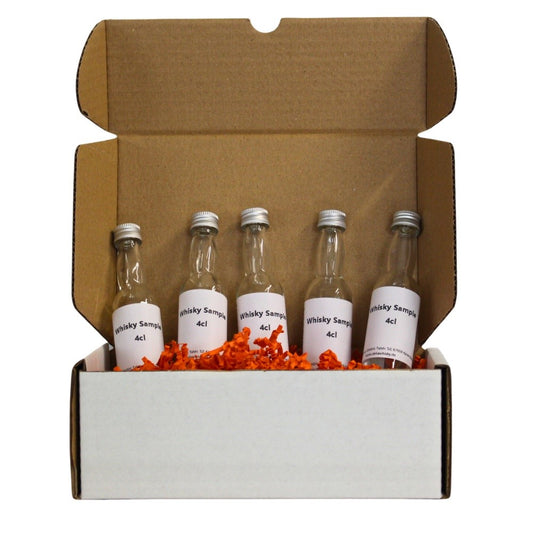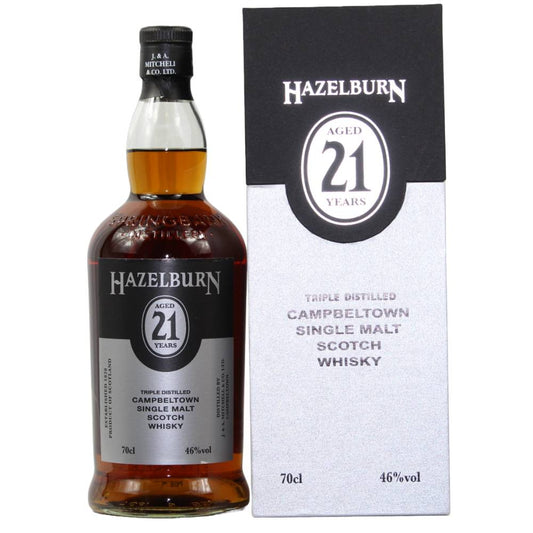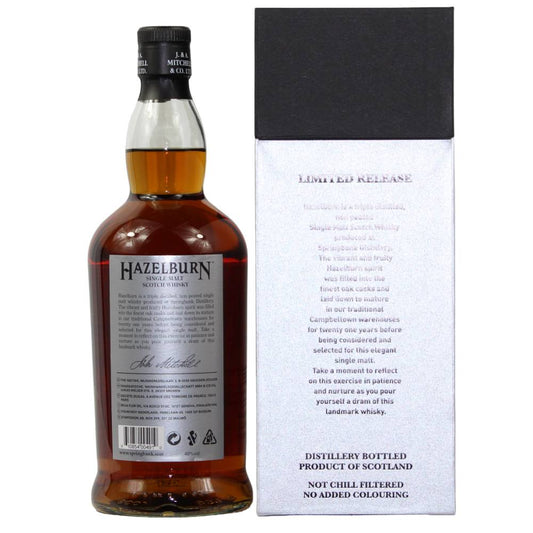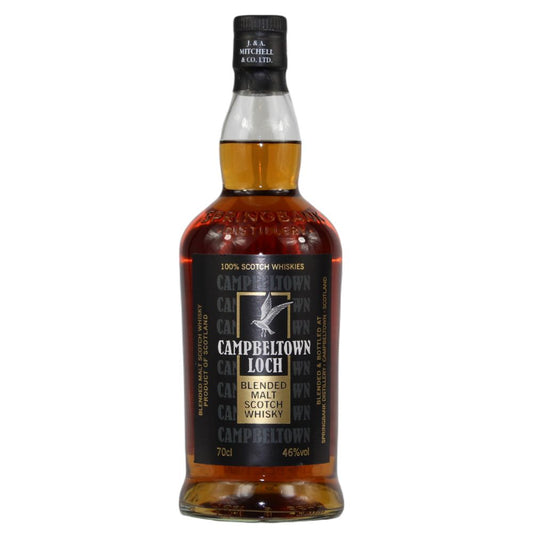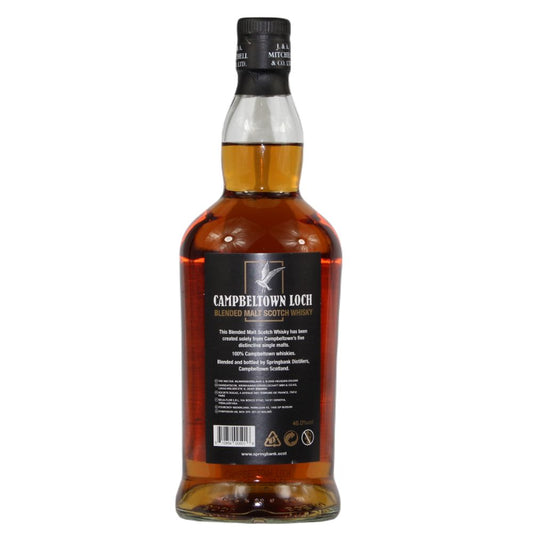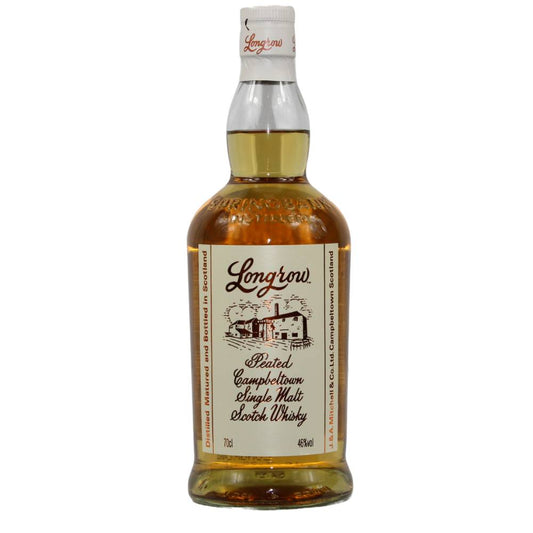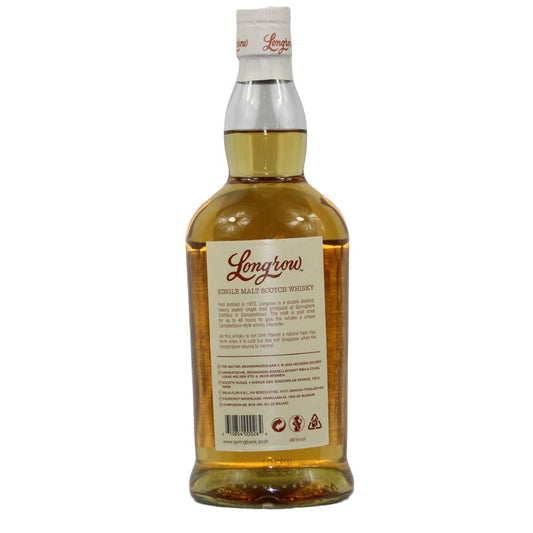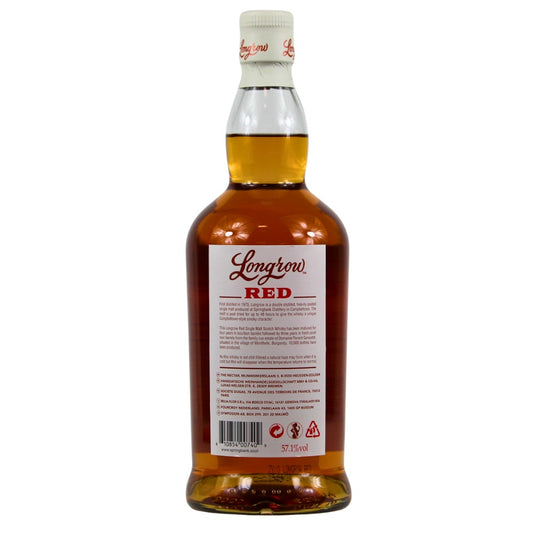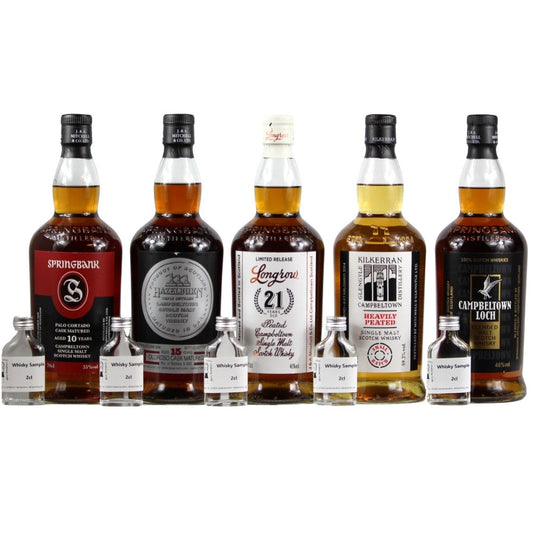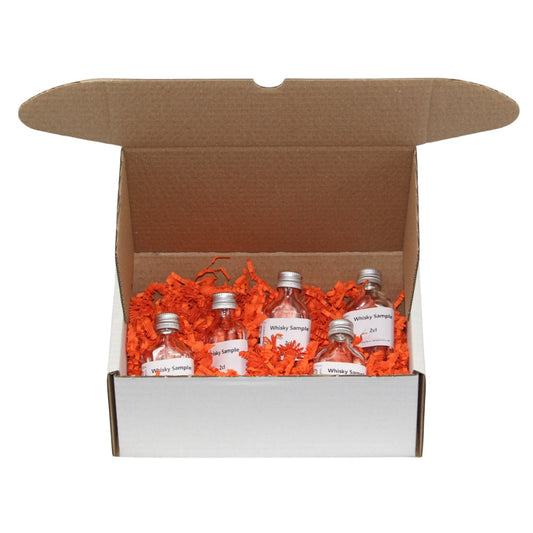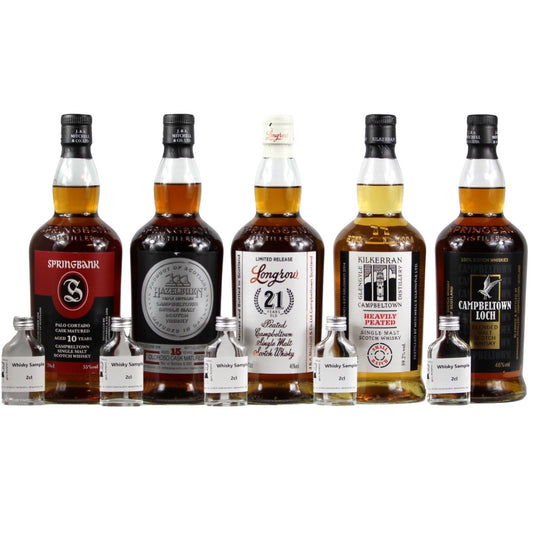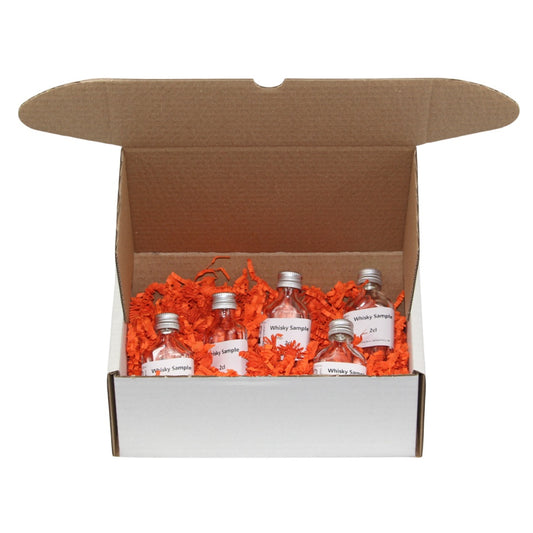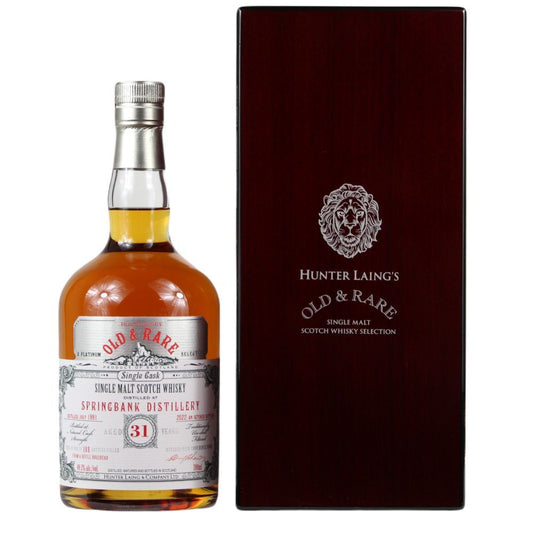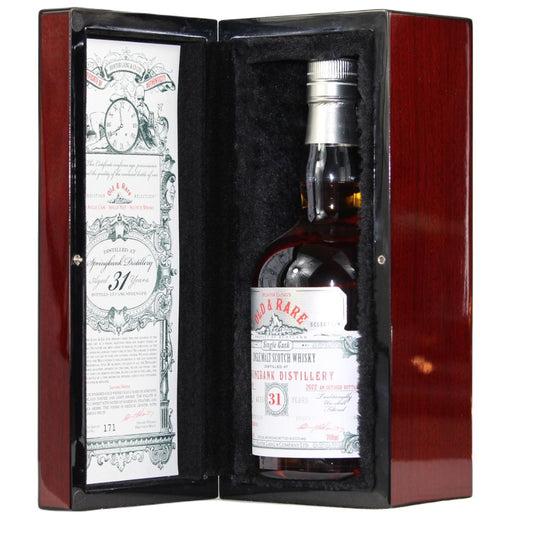-
Spingbank 10 Amontillado Sample Set ~56.3%
Regular price €39,90Regular priceUnit price €399,00 per l -
Springbank 12 Years Cask Strength 2024 56.2% 0.7l
Regular price €179,90Regular priceUnit price €257,00 per l -
Springbank 10 Years 2024 46% 0.7l
Regular price €89,90Regular priceUnit price €128,43 per l -
Springbank 15 Years 2024 46% 0.7l
Regular price €159,90Regular priceUnit price €228,43 per l -
Springbank 27 Years Single Cask Release 2024 Limited Edition 50.2% 0.7l
Regular price €2.399,90Regular priceUnit price €3.428,43 per l -
Hazelburn 19 Years Tawny Port Single Cask 48.3% 0.7l
Regular price €429,90Regular priceUnit price €614,14 per l -
Springbank 30 years 1993/2024 Old&Rare Hunter Laing 50.8% 0.7l
Regular price €2.299,90Regular priceUnit price €3.285,57 per l -
Springbank Hazelburn 21 Years 2022 46% 0.7l
Regular price €499,00Regular priceUnit price €712,86 per l -
Campbeltown Loch Blended Malt 46% 0.7l
Regular price €44,90Regular priceUnit price €64,14 per l -
Springbank Longrow Peated 0.7l 46%
Regular price €54,90Regular priceUnit price €78,43 per l -
Springbank 12 Years Cask Strength 2024 57.2% 0.7l
Regular price €179,90Regular priceUnit price €257,00 per l -
Longrow 14 Years Single Cask Limited Edition 40% 0.7l
Regular price €319,90Regular priceUnit price €457,00 per l -
Longrow 7 Years Red Pinot Noir Cask 57.1% 0.7l
Regular price €109,90Regular priceUnit price €157,00 per l -
Springbank 10 Palo Cortado Campbeltown Sample Set 52.4% 5x2cl
Regular price €39,90Regular priceUnit price €399,00 per l -
Springbank 10 Palo Cortado Campbeltown Sample Set 52.4% 5x4cl
Regular price €74,90Regular priceUnit price €374,50 per l -
Springbank 31 Years Hunter Laing Platinum Selection 49.3% 0.7l
Regular price €2.399,90Regular priceUnit price €3.428,43 per l€2.899,90Sale price €2.399,90Sold out



